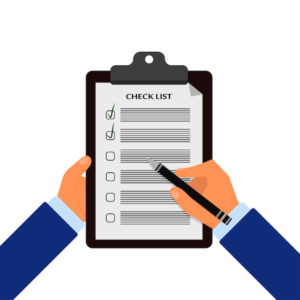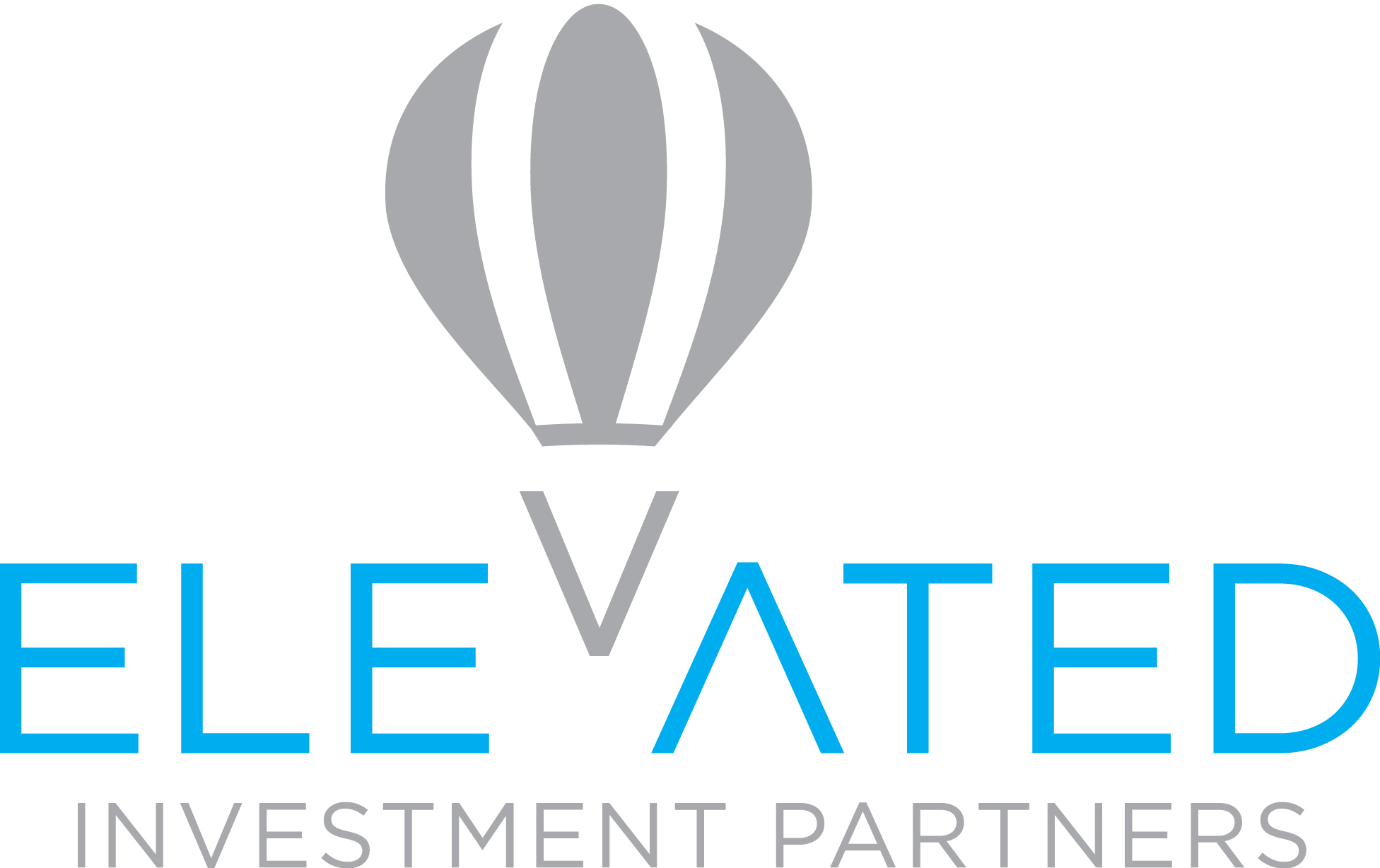Your retirement benefit plans may have moved to the figurative back seat for a while, but retirement plan fiduciary issues did not stop during the Coronavirus pandemic. As you sift through what has happened in 2020, you’ll want to pay close attention to fiduciary responsibilities with your 401(k) plan.
Fallout from previous recessions demonstrated, for example, the folly of requiring (perhaps even overencouraging) participants to invest heavily in company stock. And participants who are surprised that their chosen fund was not immune to market drops may come looking for accountability. So how can you protect the plan and its fiduciaries, whatever the economic climate?
Follow the law and the plan documents
Plan fiduciaries must follow the rules set out in the Employee Retirement Income Security Act of 1974 (ERISA) and the plan. All the time. Even during a pandemic. That’s why it’s so important not to make rash decisions, but to review the plan document before taking action. If your plan has an investment policy statement, make sure any investment decisions you make align with it.
Some investment types present more fiduciary risk than others
As demonstrated in the wake of the 2008 recession, for example, target date funds can lose value. Hopefully you have taken the time to review your selection processes, and memorialized them in an investment policy statement. Remember, just because the U.S. Department of Labor says you can use a target date fund (TDF), a balance fund or a managed account service as a default investment does not mean that it is considered a fiduciary safe harbor. Fiduciaries must still follow ERISA’s prudent person rule, which essentially says they must use a prudent process in selecting and monitoring investment funds.
A careful review of available TDFs reveals differences in glide paths, underlying investments, fees, and management type (active versus passive). The percentage of assets held in stocks may be very different for a participant at a given age in one TDF than another. Your plan committee can develop a process to use when comparing the options, making it easier to select appropriate investments.
While there is no sure way to avoid all risk in life, or in the management of a 401(k) plan, certain steps can provide a level of protection. Among them, make sure you have an objective, prudent process for all plan decisions. Keep clear records of all decisions and how you arrived at them. When times are difficult, as they have been recently, it’s not a time to relax standards nor avoid communicating. There are many resources available during trying times, so don’t hesitate to seek them out. At the risk of sounding cliché, we’re all in it together.
